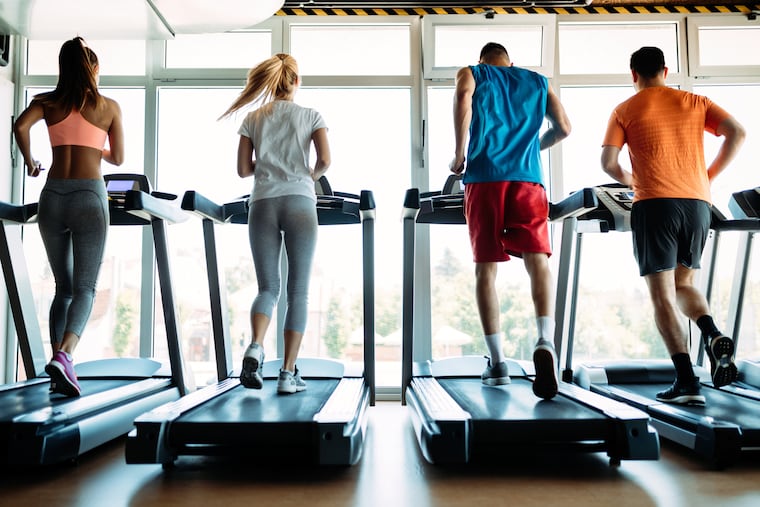4 tips for safely using a treadmill
Despite how rudimentary this running machine appears, many unknowingly misuse it. That’s why it’s important to brush up on the safety guidelines necessary to stride safely on these fast moving machines.

Despite how rudimentary this running machine appears, many unknowingly misuse it. That’s why it’s important to brush up on the safety guidelines necessary to stride safely on these fast moving machines.
